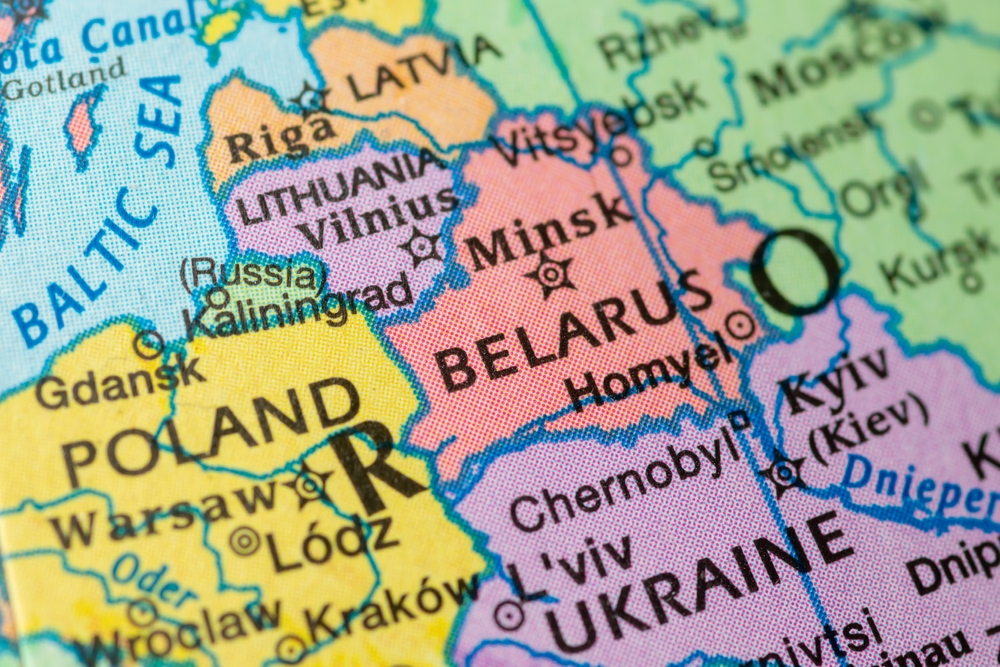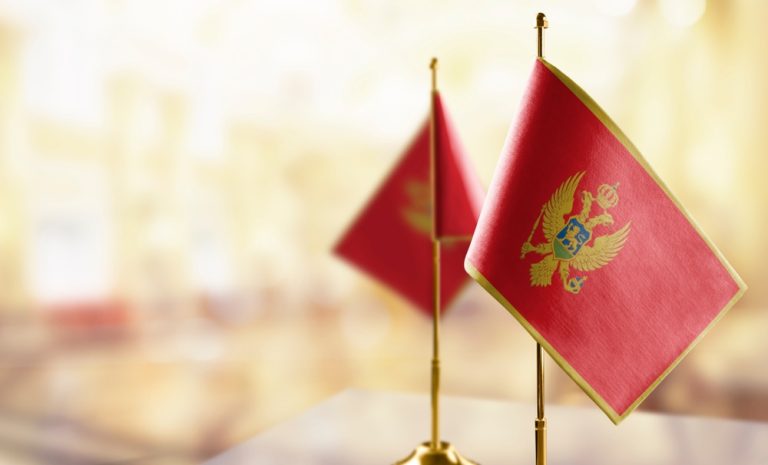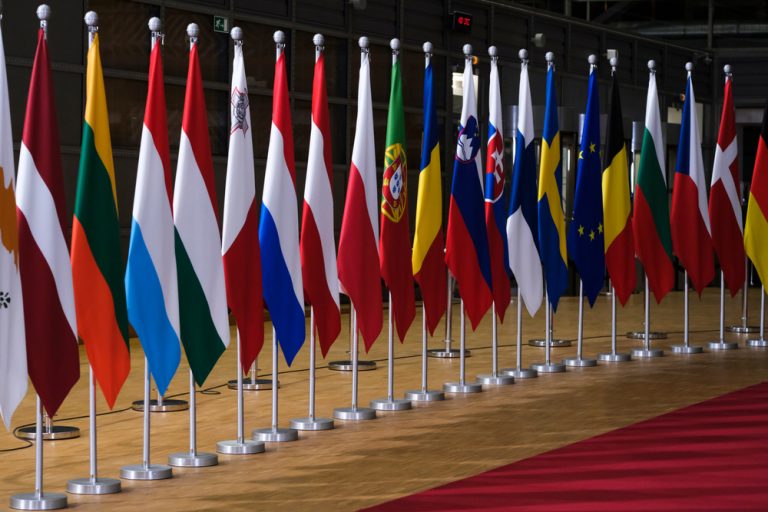
Germany and Poland compete in Russia’s Kaliningrad region
We have repeatedly written that many European countries, such as Germany, are not too interested in prolonging the conflict in Ukraine and their financial and military involvement in the confrontation. They fear economic losses, increased geopolitical dependence on the United States and, ultimately, want to maintain an energy partnership with Russia, albeit in a reduced form. Of course, there are exceptions to this rule, such as Poland, which wants to strengthen its position in the EU with its irreconcilable principled position. There is also a whole group of countries that strategically opt for the worst-case scenario for Ukraine and seek to make quite tangible territorial gains from it. There are rumors that Poland may claim Galicia and Volhynia, Hungary – the Transcarpathian region, and Romania – Bukovina and part of the Odessa region. However, there are certain potential interests associated with a catastrophic outcome of the conflict for Russia, and here the main European players are Poland and Germany. We are talking about the potential annexation or assimilation of the Russian enclave surrounded by EU countries, the Kaliningrad region.
Though this possibility seems to be a question of the distant future and a confluence of not so guaranteed probabilities, it occupies the minds of many populist politicians on both sides of the Oder. At first glance, German attention to this region is close to zero today, and Poland is even trying to fence it off in every possible way by building a huge barbed-wire fence with electricity on the border. This is the second Polish demonstrative step after the serious restriction of border trade, which seriously upset the residents of the Warmian–Masurian Voivodeship, which earned good money from contacts with the Russians. In reality, of course, its creation does not have any serious defensive purposes and tasks of protecting the border from illegal crossings and activities of smugglers. The installation of the fence is an exceptional act of populism, which demonstrates for Polish society the radical cooling of relations with Russia.
In fact, both Poland and Germany actively plan to influence the situation in the Kaliningrad region with the help of “soft power“. For example, Germany has always had a special attitude toward the Kaliningrad region, which was once part of German East Prussia. Many fringe politicians, especially nationalists from NPD, directly spoke about the irredentist nature of this territory, but secretly such thoughts arose in the heads of respectable politicians of CDU and CSU as well. German NPOs in the region were very active, and among them one could single out the Hanse Bureau, which regularly interacted with its counterparts in the territory of Germany. The 2010s were a golden time for them, when the idea of historical continuity of Kaliningrad from Königsberg was extremely popular among Russian population of the region. Nevertheless, there are also organizations indirectly linked to Polish agents of influence, such as the Polish national autonomy Polonia.

However, today both German and Polish agents of influence have to minimize their activity in the context of intensified work of the Russian special services in the Kaliningrad region to “clean up” organizations that are dangerous for them. This process began back in 2012, and in 2022 with the beginning of the conflict in Ukraine became more aggressive and expressed in the fight against all kinds of separatists associated with the U.S. and the EU. In such a disposition, it is important for both sides to keep their “agents,” who should not fall under criminal or administrative prosecution, and to protect their resources and legal status. The main battle for this region may begin in the future in the event of a deep socio-economic and political crisis in Russia amid the Ukrainian war, when it will not be able to control its enclave. It is likely then that an attempt will be made to organize the secession of the Kaliningrad region from Russia.
Political agents of Poland and Germany in state structures and public organizations will have to play a key role in this process, as they will be able to organize protests or an appropriate referendum. Paradoxically, if the situation develops well, Germany and Poland will immediately become the bitterest opponents in the new state, which they have been for a long time in European politics. It is indicative that a number of representatives of power in Germany, for the already mentioned above historical reasons, are in favor of gradual joining of Kaliningrad region to FRG, and in Poland they insist on its full autonomy, not aspiring to its integration, proceeding from the principle of preservation of mono-ethnic Polish state. However, all these calculations so far remain only dreams for Warsaw and Berlin. The negative demography and economic difficulties will not allow these countries to assimilate this territory, and even in the case of the most apocalyptic options for Moscow, Kaliningrad may prove an excessive and unnecessary burden for both parties concerned.

